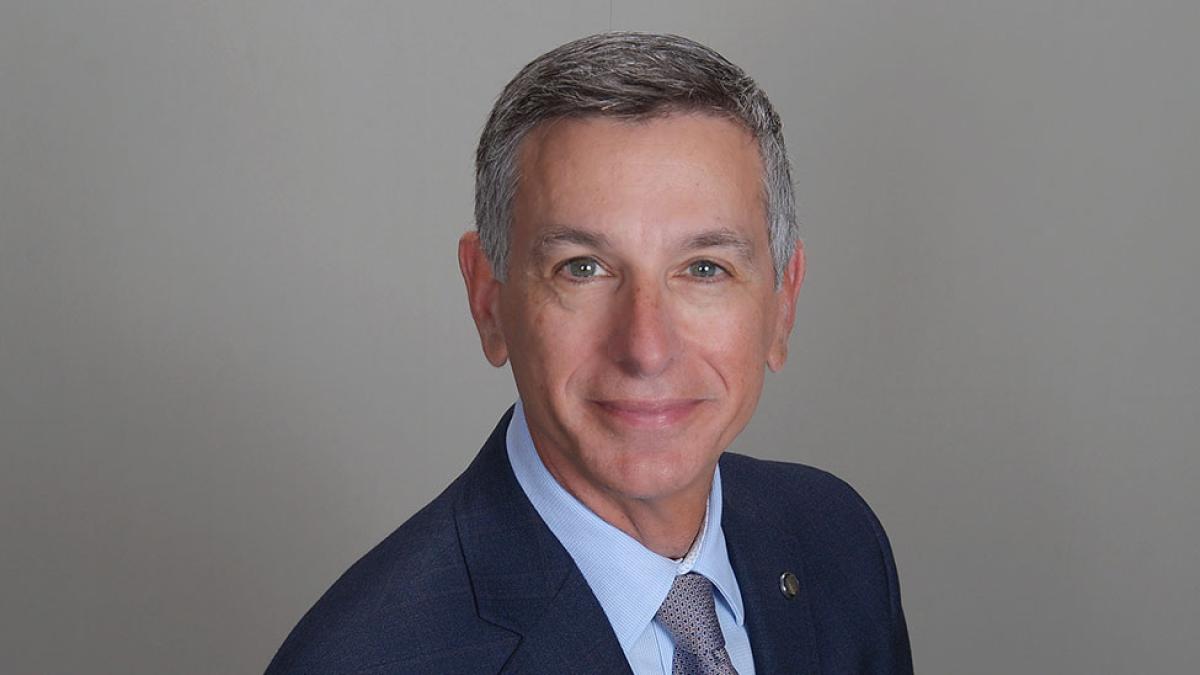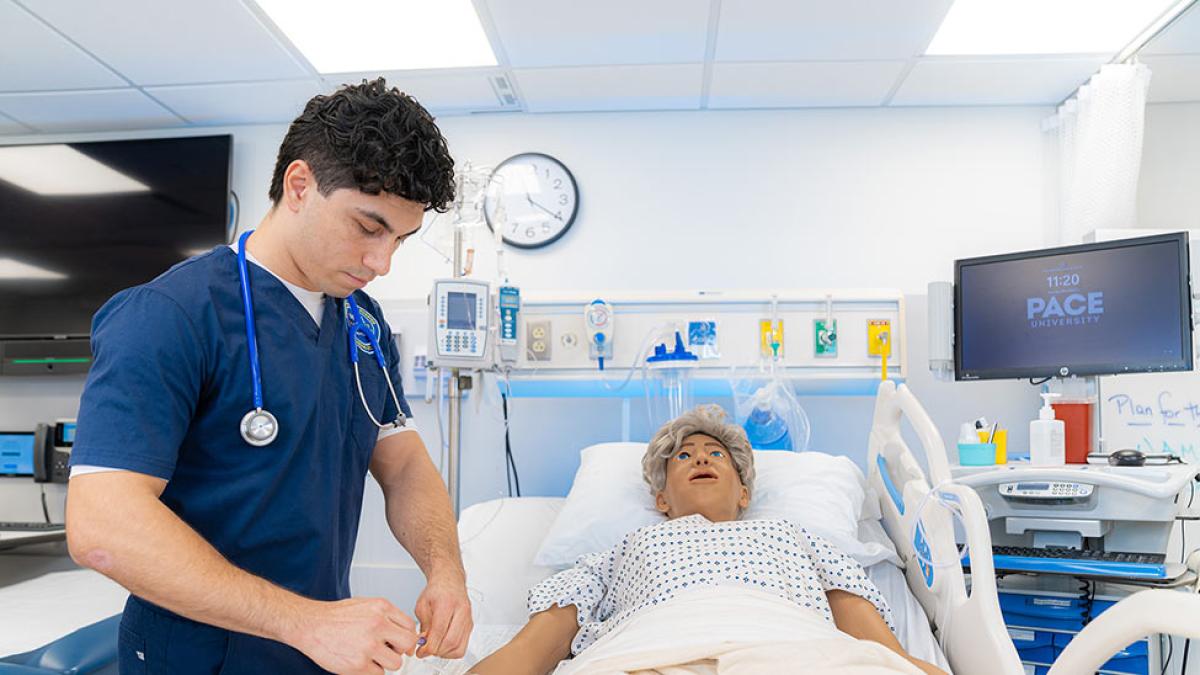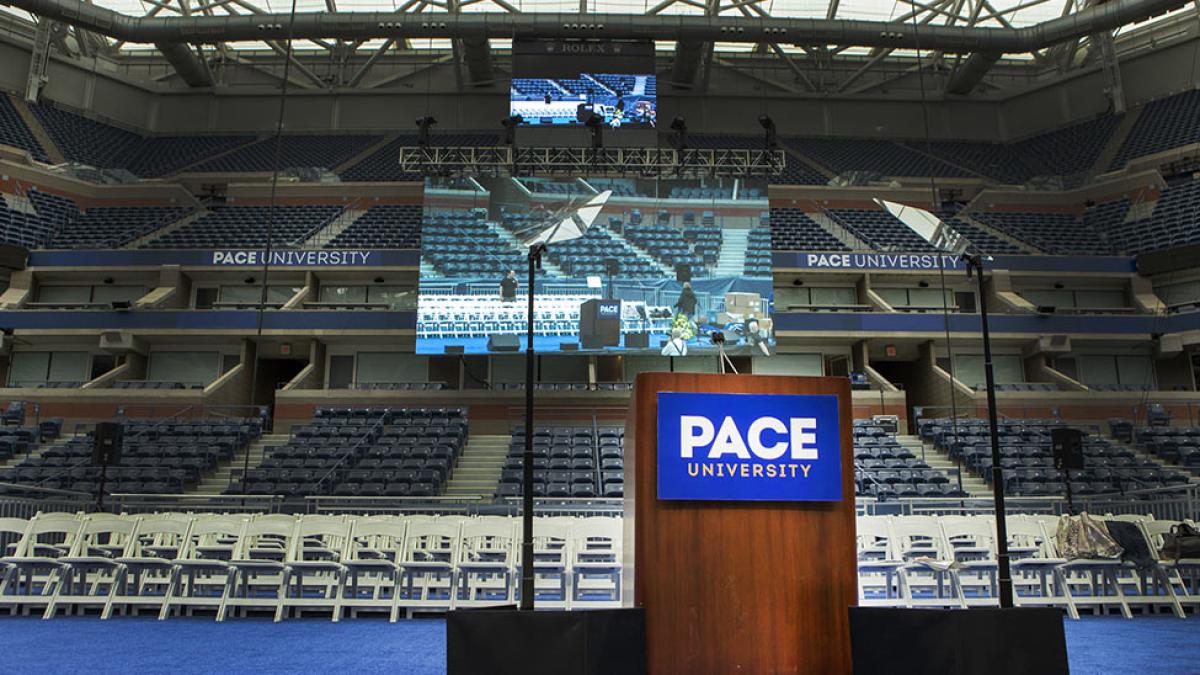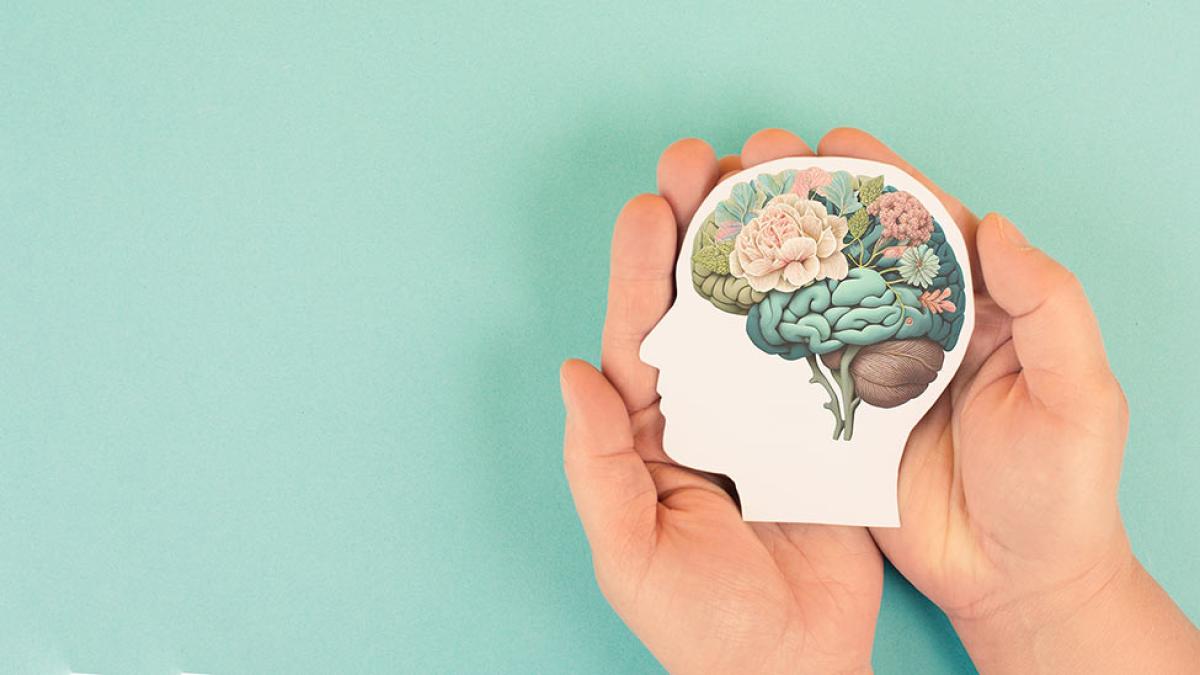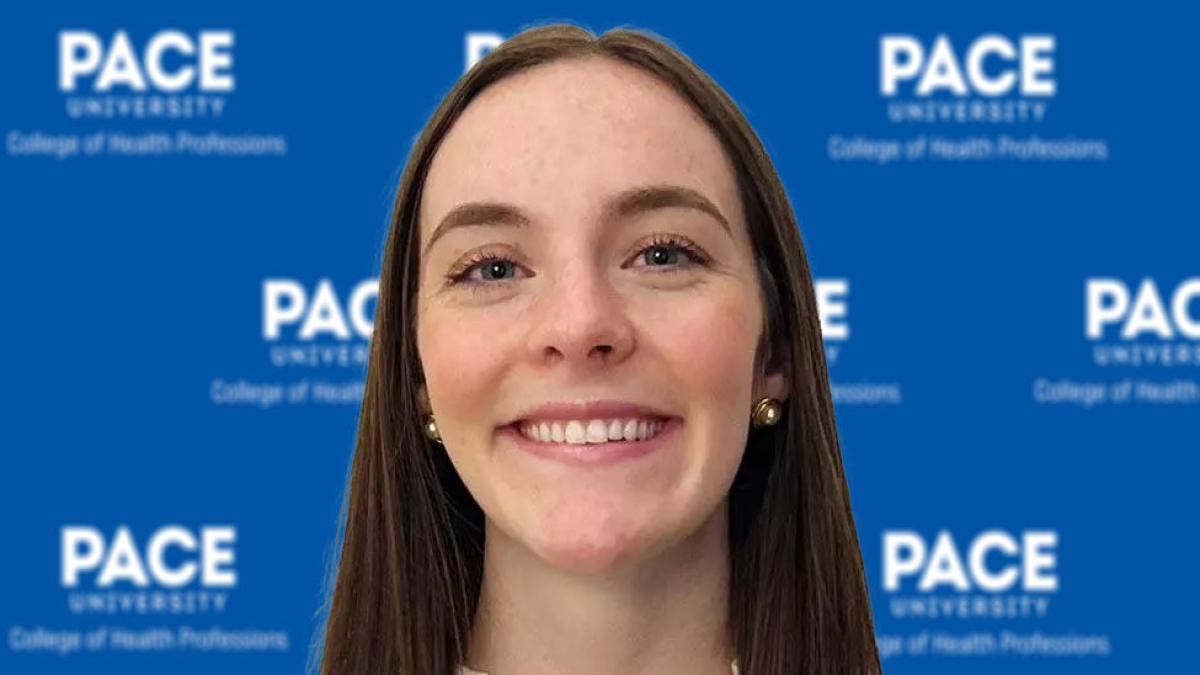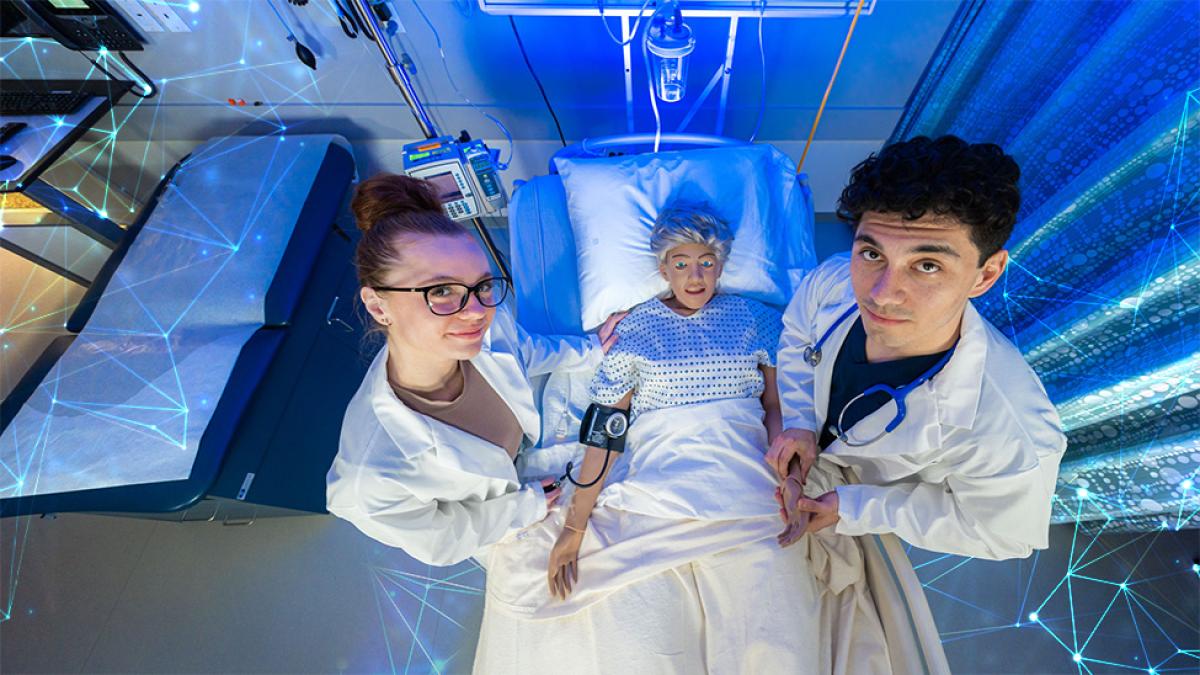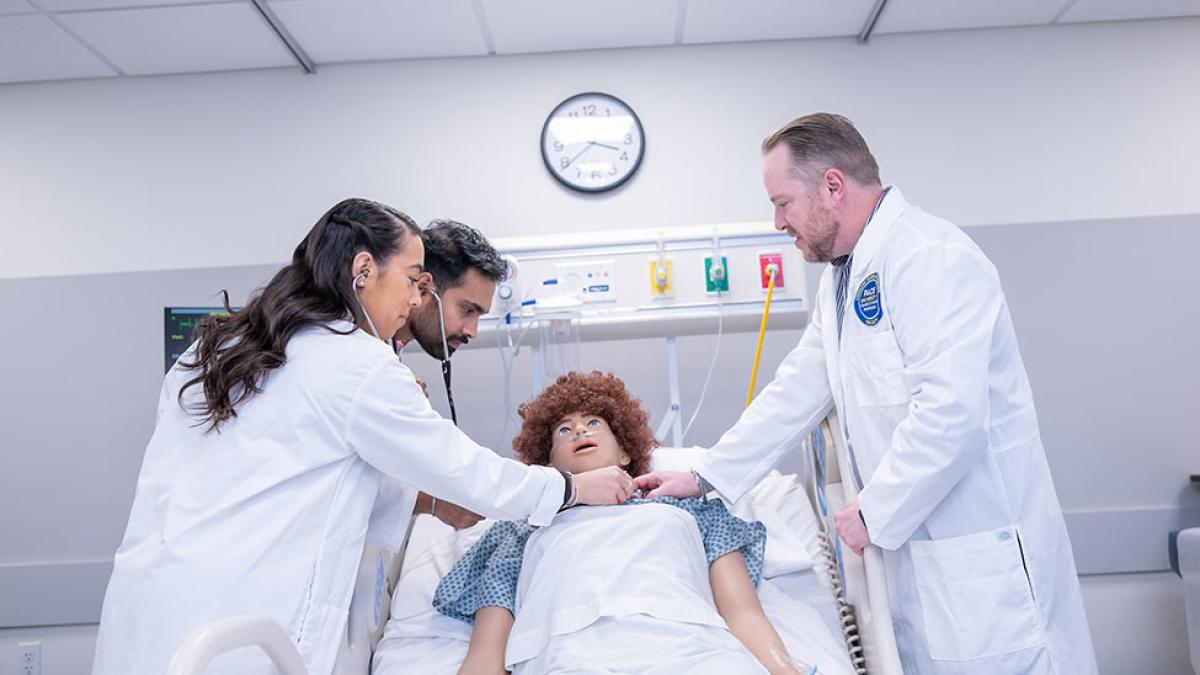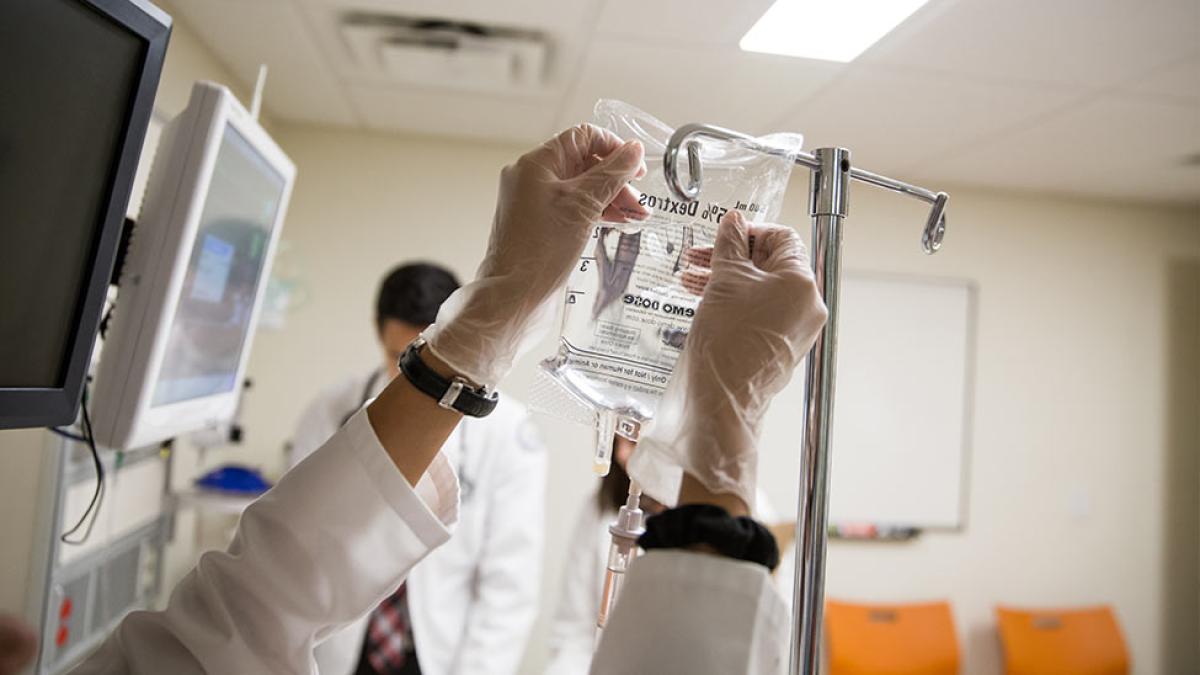College of Health Professions News
CHP Now
-
-
Press ReleaseOctober 1, 2025
-
In the Media
Latest News
We’re proud to announce this year’s Honorary Degree Recipients, speakers, and honorees—an extraordinary group of leaders and changemakers who bring a wealth of experience, innovation, and inspiration to the Class of 2025.
A growing team of ‘Mindfulness Champions’ is leading a movement to make Pace a more connected, resilient place. Learn more in this Q+A with Sophie Kaufman, PhD, assistant dean for Grants and Strategic Initiatives in the College of Health Professions and leader of the new Mindfulness Community.
Introducing Lauren Pizzella, recent graduate of the Health Science, BS program. Lauren is now a current student in the Master of Science in Health Informatics program where she has earned a full-time position at Westchester Medical Center, following her fieldwork experience at the same location. We connected with Laurent to get her insight into both programs and learn about the opportunities fieldwork can unlock!
From helping immigrants start businesses, to breaking down barriers with AI-generated art, Pace professors are using technology to build stronger, more equitable communities.
With artificial intelligence remodeling how healthcare is researched, and delivered, Pace experts are shaping the technology—and erecting the guardrails—driving the revolution.
Jason Slyer, DNP, RN, FNP-BC, CNL, FNAP, FNYAM is a family nurse practitioner (FNP) with over 20 years of experience in cardiac and chronic disease management. As a doctor of nursing practice (DNP)-prepared nurse practitioner, he is a leader and expert in evidence-based practice and translational research with scholarly interests in the area of shared decision-making in the promotion of person-centered care practices.
We connected with him to get his perspective on the LSN’s graduate programs as both a professor and former student.
Meet Elyse Hopper Ryan, MPAS, PA-C, 2021 graduate of the College of Health Profession (CHP) Physician Assistant Program-Pleasantville! Since completing the program, Elyse gained a full-time position for the Emergency Department at Montefiore Medical Center, as well as a part-time job at NewYork-Presbyterian / Weill Cornell Medical Center in Inpatient Internal Medicine.
In addition to her positions at Montefiore and NewYork Presbyterian, Elyse has partnered with the Physician Assistant Program – Pleasantville as an Instructional Support Clinical Personnel (ICSP). We connected with Elyse to share her experience at CHP, her learning opportunities, and her work now as a professional.
Our next feature for our "The Importance of Professional Development" series is Kyomi Gregory-Martin, PhD, associate professor for the Communication Sciences and Disorders program.
This past December, Dr. Gregory-Martin was awarded the Certificate of Recognition for Special Contributions in Multicultural Affairs from the American Speech-Language Hearing Association (ASHA). We connected with her to discuss this award and the importance of making a commitment to diversity in one's professional career.
The Northwell Health Lenox Hill Hospital has been named one of the 2024 Leapfrog Top Teaching Hospitals, a prestigious achievement given to only four hospitals in New York State. This achievement solidifies the great learning opportunities the Pace University–Lenox Hill Hospital Physician Assistant Program provides its students and faculty.
Pace University is accepting nominations for the Trustee Award and Community Service Award, honoring exceptional graduating students for their academic excellence and community impact. Submit your nomination by Saturday, March 1, 2025!
